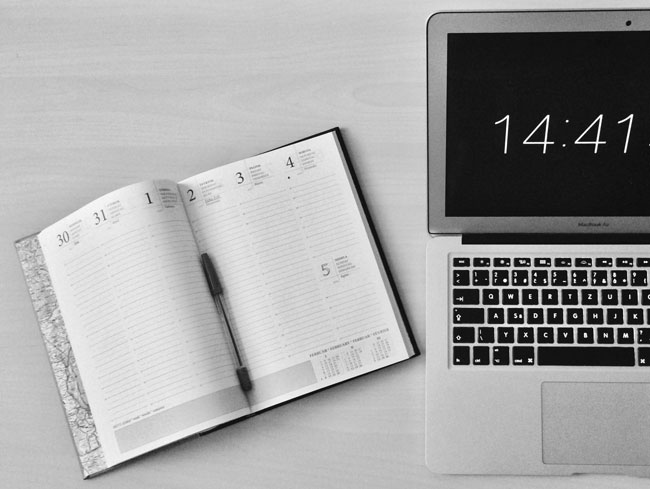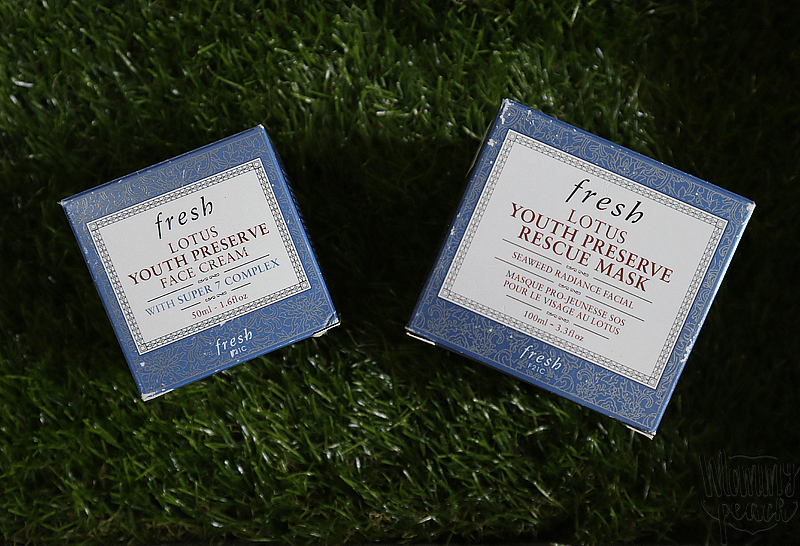
As a mom, there’s always something to do — meals to cook, laundry to fold, errands to run, and if you’re like me, maybe even some work squeezed in between. But for the longest time, I felt like I was always doing something, yet I never had enough time. Sound familiar?
That’s when I had a realization: what if I started managing my time the same way I manage our family budget? Carefully, intentionally, and with a little bit of grace.
Just like we track where every peso goes to make sure we’re spending wisely, I started doing the same with my time. For a few days, I simply observed and listed how I spent my day — cooking, cleaning, scrolling social media (too much of that, if I’m being honest), homeschooling, playing with the kids, and even my “me time.” What I found was surprising: I had more time than I thought… I just wasn’t spending it on the right things.
I Track My Time Like I Track My Expenses
Just like we track where every peso goes to make sure we’re spending wisely, I started doing the same with my time. For a few days, I simply observed and listed how I spent my day — cooking, cleaning, scrolling social media (too much of that, if I’m being honest), homeschooling, playing with the kids, and even my “me time.” What I found was surprising: I had more time than I thought… I just wasn’t spending it on the right things.
Just like I write down where our money goes, I started tracking how I spent my time for a few days.
I listed:
- Time spent on chores
- Time on social media (yikes!)
- Quality time with family
- Work and errands
- Rest (or lack of it)
I Give My Time Categories (Like a Budget)
So I gave my time categories, like I do our budget. There were non-negotiables (things that must get done, like meals and school prep), flexible items (cleaning, errands, content creation), and then the fun stuff and self-care (yes, this includes a quiet 15-minute coffee break without anyone calling “mommy!”).
For example:
- Non-negotiables (meals, school prep, work tasks)
- Flexible tasks (laundry, errands, content creation)
- Self-care (30 minutes of rest, skincare, or quiet time)
- Family time (evening playtime or weekend bonding)
It reminded me of the 50/30/20 budgeting rule, but instead of money, I was dividing my time between needs, wants, and long-term wellness.
I Plan Weekly (Not Just Daily)
Each Sunday, I sit down with my planner — just like I would when reviewing our expenses — and I plan my week. I ask:
- What are my top 3 priorities?
- Are there errands I can batch together? Can I order out one day this week to ease the load?
- What must get done vs. what can wait?
Planning ahead helps me feel in control, and not just swept away by the chaos of mom life.
I Include “Savings” Time
I also learned the importance of “saving” time. In money terms, this would be our emergency fund. In time management, it’s giving myself room to breathe. I leave empty blocks in my day — no schedule, no pressure. Sometimes I rest, sometimes I catch up on a delayed chore. Having this buffer means I can handle surprises without falling apart.
This helps me feel less rushed, even when life gets hectic.
I Review and Adjust
And just like I review our spending at the end of the month, I now reflect on my week. Did I spend too much time on one thing? Did I get any “me” time? Was there a moment I could’ve said no or asked for help? It’s not about being perfect — it’s about being mindful.
Budgeting my time changed the way I live my everyday life. It gave me the space to enjoy motherhood instead of just surviving it. Because at the end of the day, time is just like money — it’s precious, limited, and best spent with intention. ?













One Response
This is such a practical and empowering reminder. We often say “I don’t have time,” but really, it’s that we’ve unintentionally spent it on the wrong things. I love the idea of having “time categories” — non-negotiables, must-dos, and savings (aka rest!). Moms need that kind of intentional planning too.